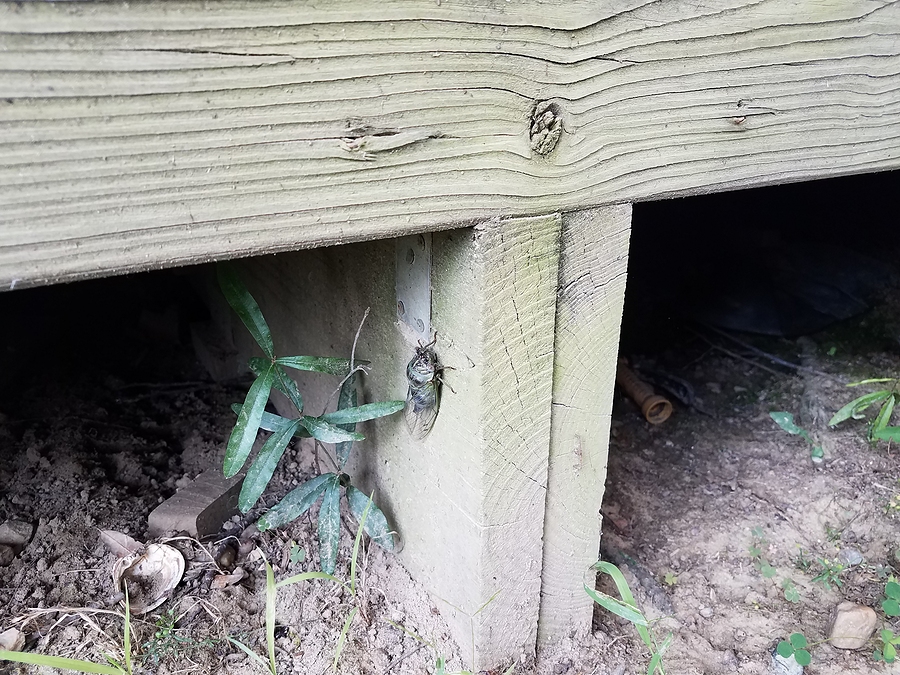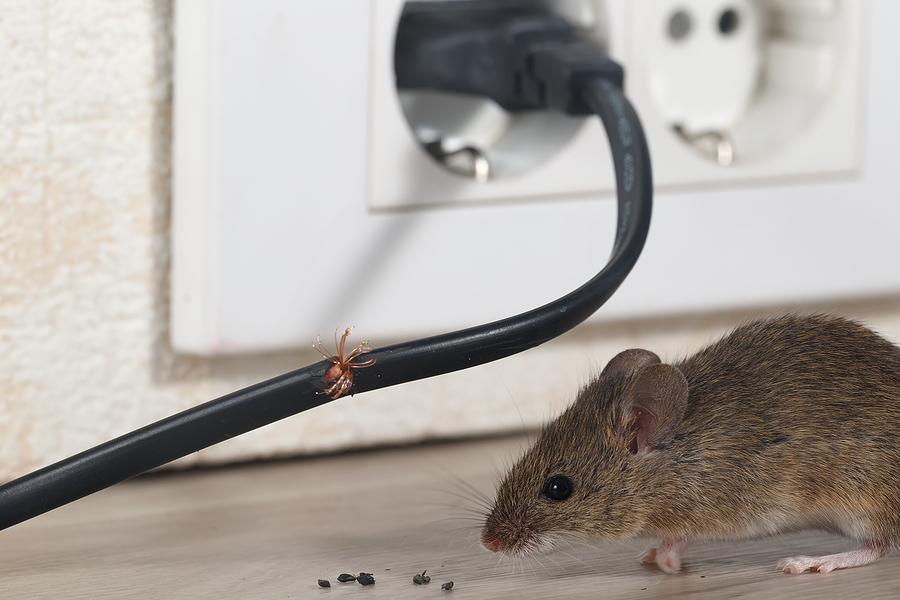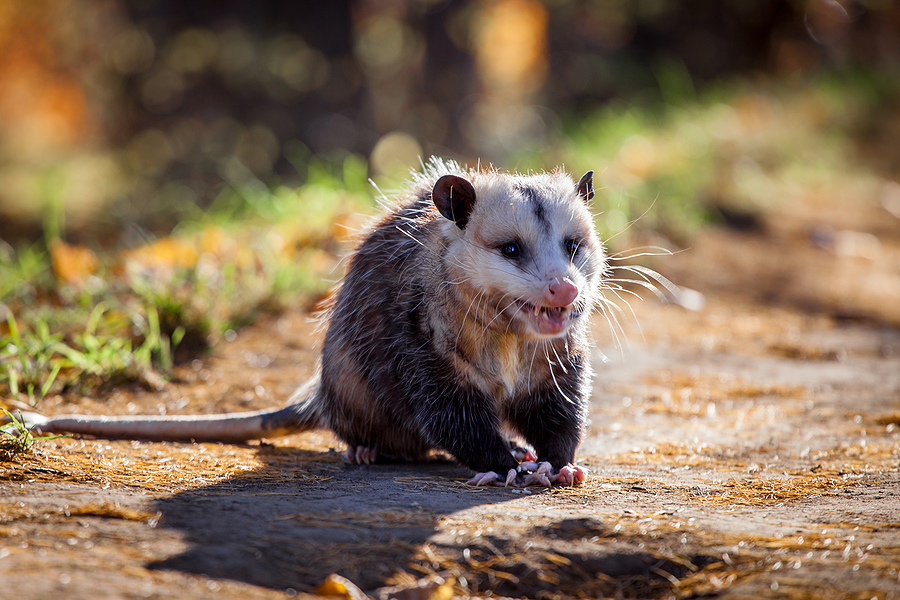You step outside for your morning coffee and hear scratching sounds coming from beneath your porch. Maybe you’ve noticed an unpleasant odor or spotted small animals darting in and out of the shadows. Wildlife taking up residence under your porch isn’t just a minor inconvenience—it can lead to property damage, health risks, and ongoing stress for your family.
Virginia’s diverse ecosystem means homeowners regularly encounter nuisance animals seeking shelter in the dark, protected spaces beneath porches and decks. Raccoons, skunks, opossums, groundhogs, and squirrels all find these areas appealing for nesting, especially during breeding seasons or harsh weather conditions.
Understanding how to identify, prevent, and humanely address wildlife under your porch protects both your property and Virginia’s native animals. This guide will walk you through the essential steps for dealing with unwanted guests while staying compliant with state regulations.

Identifying Animals Under the Porch or Deck
Determining which type of animal has moved in under your porch (or deck) is the first step toward effective wildlife removal. Each species leaves distinct clues that can help you identify the intruder and choose the most appropriate removal strategy.
Common Signs of Nuisance Wildlife Activity
Several behavioral indicators signal an active animal infestation under your porch. Frequent scratching or digging sounds, particularly during dawn and dusk hours, often indicate nocturnal animals like raccoons or opossums establishing territory. Visual sightings of animals entering or exiting from under the porch provide the most definitive evidence.
Droppings and urine near the porch area reveal both the type and size of your wildlife problem. Raccoon droppings are tubular and often contain undigested food particles, while opossum waste appears similar but smaller. Skunk droppings are roughly the size of a cat’s, and groundhog waste resembles large rabbit pellets.
Unexplained damage to your porch structure, such as chewed wood or torn screening, suggests the presence of animals with strong teeth and claws. Strong, unpleasant odors emanating from under the porch may indicate nesting materials, waste accumulation, or unfortunately, deceased animals.
Behavioral Clues
Your pets often detect wildlife presence before you do. Dogs and cats showing heightened interest in the porch area, such as excessive sniffing, barking, or pawing at the ground, typically indicates animal intruders nearby.
Nesting materials being dragged under the porch—leaves, twigs, shredded paper, or fabric—signal that animals are creating a permanent residence. Increased insect activity around the porch may result from insects attracted to animal waste or food remnants.
During mating or birthing seasons, you might hear vocalizations or signs of distress from animals under the porch. Plants or grass around the porch showing signs of disturbance often indicate animals searching for food or creating pathways to their shelter.
Animal Infestation Prevention: Your First Line of Defense
Preventing nuisance wildlife from accessing the space under your porch is far more effective and less stressful than removal after an infestation occurs. A comprehensive prevention strategy addresses both access points and attractants that draw animals to your property.
Sealing Entry Points
Thoroughly inspect your porch for potential entry points and seal them with durable materials. Hardware cloth or expanding foam works well for gaps in the foundation, around pipes, and where the porch meets the house. Pay special attention to areas where different building materials connect, as these joints often create small openings that animals can exploit and enlarge.
Consider the size of openings carefully—gaps as small as two inches can accommodate squirrels, while raccoons need spaces at least four inches wide. Use materials that can withstand weather conditions and determined animals attempting to claw or chew their way through.
Eliminating Attractants
Clear away potential food sources that draw wildlife to your property. Keep garbage cans tightly sealed with secure lids, and consider storing them in a garage or shed if possible. Remove fallen fruits or nuts from your yard promptly, as these natural food sources are particularly attractive to many nuisance animals.
Trim overgrown vegetation around the porch to eliminate hiding spots and make the area less appealing to animals seeking cover. Dense shrubs and tall grass provide perfect concealment for animals approaching your porch.
Environmental Modifications
Install bright, motion-activated lights under the porch to deter nocturnal animals who prefer dark, undisturbed spaces. Solar-powered options provide continuous operation without increasing your electricity costs.
Regular inspection of the porch for signs of animal activity allows you to address problems before they become established infestations. Check monthly for new droppings, nests, or chewed materials, and take immediate action if you discover any signs.
Natural wildlife repellents, such as vinegar or peppermint oil, can be applied to areas where animals are likely to enter. While these methods may not work for all species or situations, they provide a non-toxic deterrent option worth trying before more intensive measures.
Safe and Humane Wildlife Removal Techniques
When prevention fails and animals have already established residence under your porch, humane removal techniques encourage them to leave voluntarily without causing harm to the animals or your family.
Sound and Light Deterrents
- Ultrasonic devices emit high-frequency sounds unpleasant for many animals but inaudible to humans. These devices work best when used consistently and may require several days to encourage animals to relocate.
- Motion-activated sprinklers startle animals approaching the porch area, creating an unpleasant association with the location. The sudden spray of water is harmless but effective at discouraging repeat visits.
- Solar-powered strobe lights disrupt nocturnal animals by eliminating the darkness they prefer. The unpredictable flashing creates an environment that most wildlife finds uncomfortable for nesting.
One-Way Exclusion Methods
- One-way exclusion doors allow animals to exit but prevent them from re-entering. Look for models made from durable materials that can withstand weather and animal tampering attempts. These devices require proper installation to ensure effectiveness and animal safety.
- Position exclusion doors at main entry points after confirming that all animals have access to exit routes. Monitor the devices regularly to ensure they’re functioning properly and haven’t been damaged or displaced.
Timing Considerations
The timing of removal efforts significantly impacts their success and humaneness.
- Avoid removal during breeding seasons when mothers may have dependent young under the porch.
- Spring and early summer are particularly sensitive times for most Virginia wildlife species.
- Evening hours often prove most effective for encouraging nocturnal animals to leave, as they naturally become active during this time.
Be patient with humane removal methods—they may take several days or weeks to achieve complete success.
When to Call a Professional Animal Removal Service
Certain situations require professional wildlife removal services to ensure safety, legal compliance, and effective resolution. Recognizing when to seek professional help protects both you and the animals involved.
Safety Concerns
Contact professionals immediately if you suspect the presence of aggressive or potentially rabid animals. Signs include animals active during unusual hours, displaying abnormal behavior, or showing no fear of humans. Never attempt to handle animals that appear sick or injured.
Situations involving trapped animals require professional intervention to prevent injury to both the animal and anyone attempting rescue. Animals in distress may behave unpredictably and could bite or scratch when frightened.
Complex Infestations
Large infestations or multiple species living under your porch require professional assessment and removal strategies. Experienced wildlife control specialists have the tools and knowledge to address complex situations safely and effectively.
When structural damage has occurred, professionals can evaluate the extent of repairs needed and coordinate removal with necessary construction work.
Species-Specific Considerations
Certain species require specialized knowledge for safe and legal removal. Bats, for example, have specific legal protections in Virginia, particularly during roosting seasons, and their removal must be carefully managed to avoid harming the animals.
Taking Action: Your Next Steps
Dealing with wildlife under your porch requires patience, persistence, and the right approach. Start with prevention measures to avoid future problems, and use humane removal techniques when animals have already moved in.
Regular property maintenance and monitoring help you catch wildlife issues early when they’re easier to address. Document any signs of animal activity to help professionals provide accurate assessments if you need to call for assistance.
Remember that wildlife removal is often a process rather than a one-time fix. Animals may test your exclusion methods or return if conditions remain favorable. Consistent application of prevention and removal techniques typically yields the best long-term results.
For situations requiring professional expertise or when you’re unsure about the best approach, don’t hesitate to contact experienced wildlife removal services. Professional help ensures safe, legal, and effective resolution of your wildlife problems while protecting Virginia’s native animals.
Contact us today for humane wildlife removal services that protect both your property and Virginia’s wildlife. Our approach ensures that animals are handled safely and responsibly, preserving the balance between your home and the natural environment.
Related Post: How to Prevent Future Animal Infestations in Your Home


